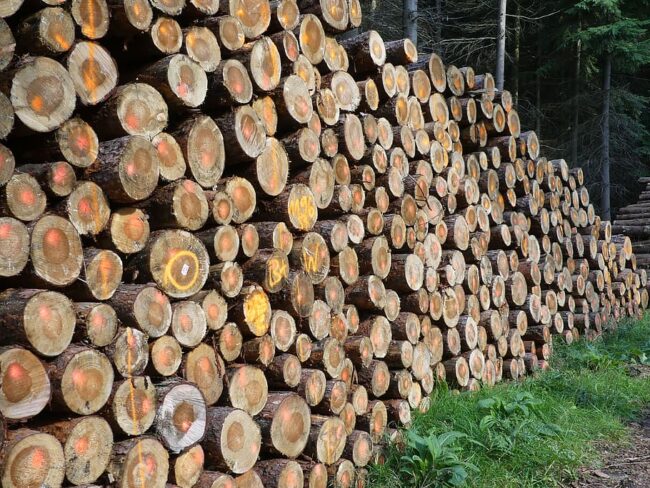Benefits of Adding Drought-Tolerant Trees to Your Yard
When it comes to trees that require little water, there are a few tried-and-true strategies to keep them healthy and thriving. First and foremost, it’s important to choose the right species of tree for your area. Do your research and select trees that are well-suited to your climate and soil type. Once your trees are planted, make sure to give them proper irrigation. Deep, infrequent watering is best, as it encourages roots to grow deeply and minimizes surface evaporation. Mulching around the base of the tree can also help retain moisture and suppress weeds. And don’t forget about maintenance! Regular pruning and pest control measures can help keep your low-water trees healthy and beautiful for years to come. By following these tips, you can enjoy the benefits of trees with minimal impact on your water bill. Click Here to learn more about trees!

Adding drought-tolerant trees to your yard is a smart and eco-friendly decision with many benefits. Not only do they require less water and maintenance, but they can also provide shade, reduce energy costs, and improve air quality. Drought-tolerant trees are highly adaptable and can withstand long periods of dry weather, making them a great choice for areas with limited rainfall. They come in a variety of sizes, colors, and shapes, so you can choose the perfect one to complement your landscape design. By incorporating these trees into your yard, you can create a more sustainable and beautiful environment that benefits both you and the planet.
Low-water trees are a great addition to any garden or landscape, especially in areas that experience drought or have limited water resources. These trees have adapted to survive in arid conditions and are known for their water-saving properties. Some common types of low-water trees include the Desert Willow, Palo Verde, and Mesquite trees. These trees are characterized by their deep root systems, which allow them to access water from deeper soil layers. They also have unique foliage that helps to reduce water loss through transpiration. If you’re looking to plant trees that are both beautiful and resilient, consider adding one of these low-water varieties to your landscaping.
